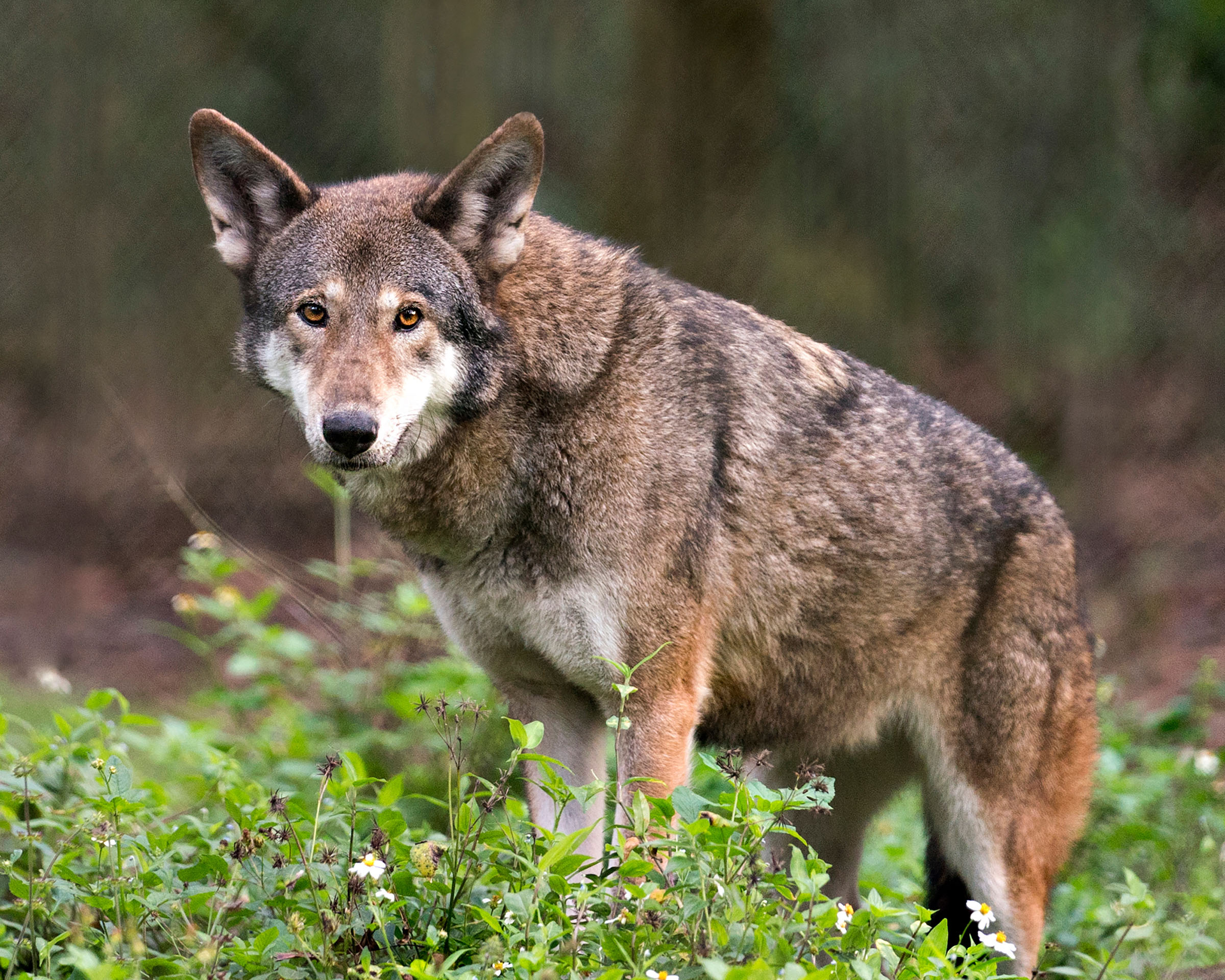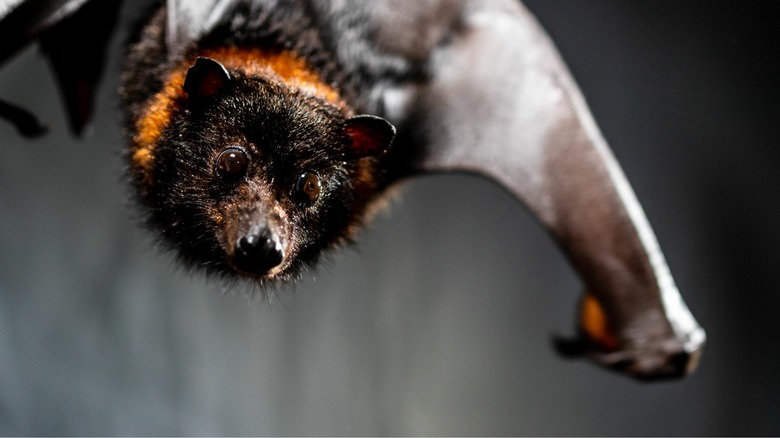21 More Species Have Just Been Declared Extinct
Multiple species, including birds, a bat, and several different mussels, have now been moved to the extinct list of animals, the U.S. Fish and Wildlife Service announced this week. The species were all previously considered threatened or endangered species.
The species moved to the extinct list include eight Hawaiin honeycreeper birds, as well as the Mariana fruit bat (pictured above) and a bridled white-eye bird of Guam. Several other species were also removed from the endangered species list in what the Fish and Wildlife Service calls a "wake-up call on the importance of conserving imperiled species before it's too late."

Protecting endangered species isn't easy, especially in a world as diverse as ours. As climate change and other factors continue to destroy their habitats, the Fish and Wildlife Service has an important role to play as it tries to mitigate the additions to the ever-growing list of extinct animals.
Here's the complete list of species that the Fish and Wildlife Service moved to the list of extinct animals this week:
- Bachman's warbler
- Bridled white-eye
- Kauai akialo
- Kauai nukupuu
- Kauaʻi ʻōʻō
- Large Kauai thrush
- Maui ākepa
- Maui nukupuʻu
- Molokai creeper
- Po`ouli
- Little Mariana fruit bat
- San Marcos gambusia
- Scioto madtom
- Flat pigtoe
- Southern acornshell
- Stirrupshell
- Upland combshell
- Green-blossom pearly mussel
- Tubercled-blossom pearly mussel
- Turgid-blossom pearly mussel
- Yellow-blossom pearly mussel
Many of these species haven't even had confirmed sightings for several decades at this point, and they joined the list of endangered species throughout the seventies and eighties. The announcement was shared on Monday as the Endangered Species Act (ESA) celebrates its 50th year.
These additions to the list of extinct animals only highlight the reason that we need things like the ESA, which looks to conserve animal life as much as it can while mitigating issues caused by human activity, such as habitat loss, overuse, and the introduction of invasive species and diseases. Conservation efforts have helped save at least 48 species from extinction, but the list still continues to grow.
